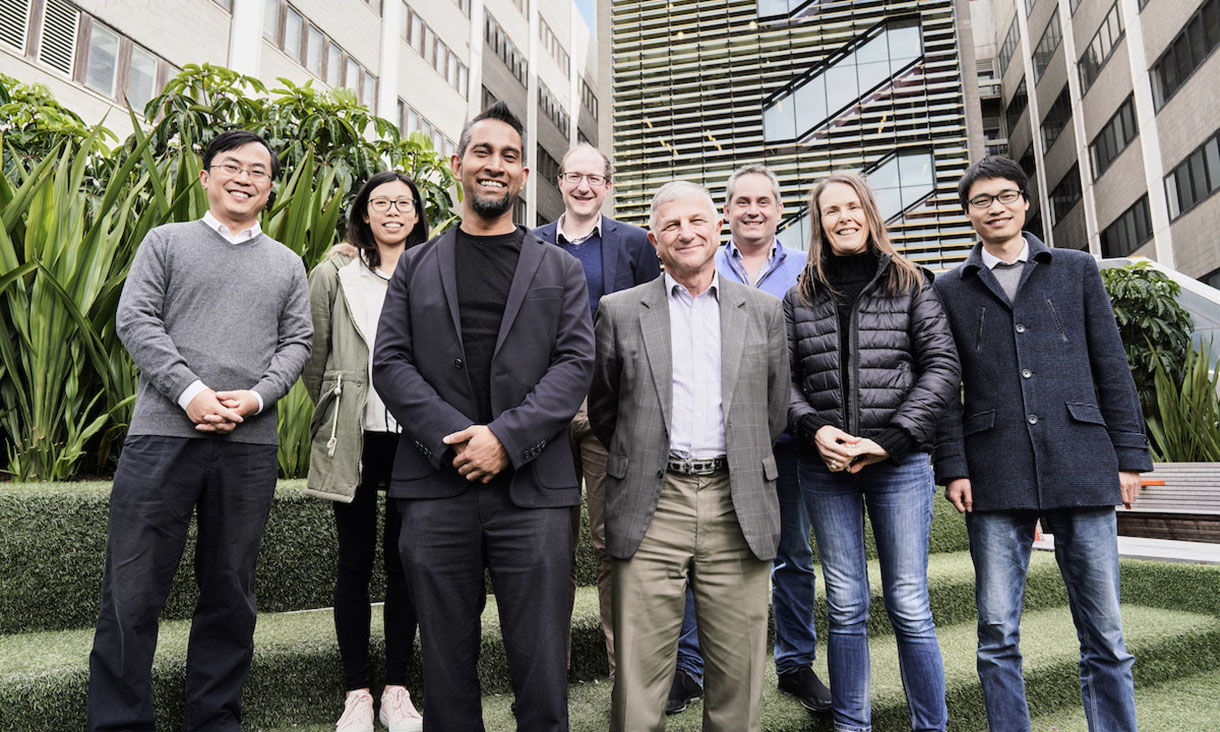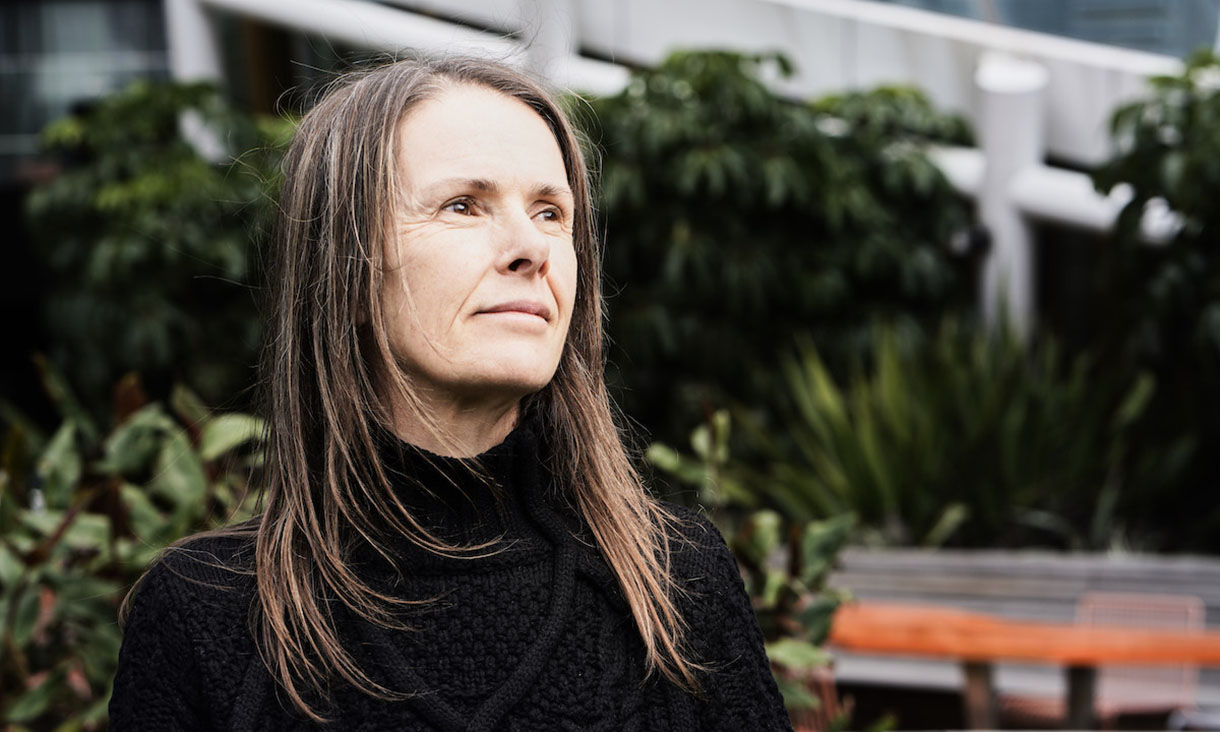In the newly-created Master of Artificial Intelligence, students will explore the practical components of developing AI apps and platforms while learning about the roles that ethics and social responsibility play in the future of technology.

What's next for Artificial Intelligence?
From driverless cars, to music, medicine and cybersecurity. What's next for Artificial Intelligence? Be at the forefront of tomorrow's jobs. Study in state-of-the-art facilities and prepare to launch a career in Artificial Intelligence.
We asked Professor John Thangarajah, Associate Dean (Head) of Computer Science and Software Engineering and Dr Julie Porteous, Senior Lecturer in Computer Science and Software Engineering, to tell us how they see AI making a difference in our lives and about what students can expect from the program.
A self-confessed technophile, Professor John Thangarajah is looking forward to a world where artificial intelligence is used to improve our daily lives.
“Artificial Intelligence is not about replacing humans. I never want to replace my kids or even myself! We want to build AI that helps humans, by extending and enhancing our human abilities and our lifestyle. We’re shifting focus from building AI that competes against humans, maybe we still do a little bit of that, but really the focus is on enhancing and extending what humans can do.”
Dr Julie Porteous also sees the future of AI technology in improving efficiency in tasks.
“It’s hard to imagine any industry where AI won’t be used in the future. Not to replace humans, but in the form of intelligent tools to help humans perform tasks by removing the hazardous, time-consuming and laborious tasks.”
John has four year old twins and says watching them grow up and seeing how they use technology has influenced what he predicts for the future of AI.
“People always talk about robots taking over the world, but I think the next generation of humans is going to take over the world. They are going to revolutionise the way we interact with machines. Humans are great at learning and adapting, so we’ll learn how to build and use AI in the right sort of ways. That’s our responsibility as educators, to educate the new generation about how to use technology in ways that will enhance us and help society. By learning about the ethics, we educate the next generation how to use science for good. The very first course students take in this program is called The AI Professional. We’ve developed this course with our industry partners and collaborators across the world to train our students to understand what it means to be an AI professional in society today.”
Partnerships with industry are embedded into the Master of AI to ensure students get relevant and up-to-date industry experience.
“We have to keep up with changes in the education sector as well as in the tech sector so we’re always looking at how we leverage partnerships with the big tech companies to ensure we deliver cutting edge education and technology. What is unique about our programs is to do with the RMIT strategy Ready for Life and Work. We really take this to heart by forming industry partnerships that matter to our students, not just by using those industry tools and technologies but actually embedding them in our subjects. We have a world-first collaboration with Microsoft to co-deliver the Mixed Reality course, and we're partnering with Amazon to use their online platform in the AI Innovation Lab for a Programming Autonomous Robot course,” said John.
Julie moved to RMIT from the UK just over a year ago and has been impressed by the focus on preparing students for life and work.
“I’ve been working in Computer Science and AI for some time and I was attracted to work at RMIT in particular because I knew of the reputation of the University and the research in AI. In my time here I’ve been impressed by the focus on employability and helping students prepare for the future of work. As well as technical computer science skills, students benefit from work integrated learning, authentic assessment, a focus on industry standard tools and techniques, along with development of soft skills like teamwork, project planning and presentation skills.”
“There is a lot of exciting research work in AI within the Computer science discipline with active research across the field: from robotics, optimisation and planning, games and mixed reality to machine learning, computer vision and agent-oriented systems.”
 Image: RMIT Computer Science team (John Thangarajah third left, Julie Porteous second right)
Image: RMIT Computer Science team (John Thangarajah third left, Julie Porteous second right)

